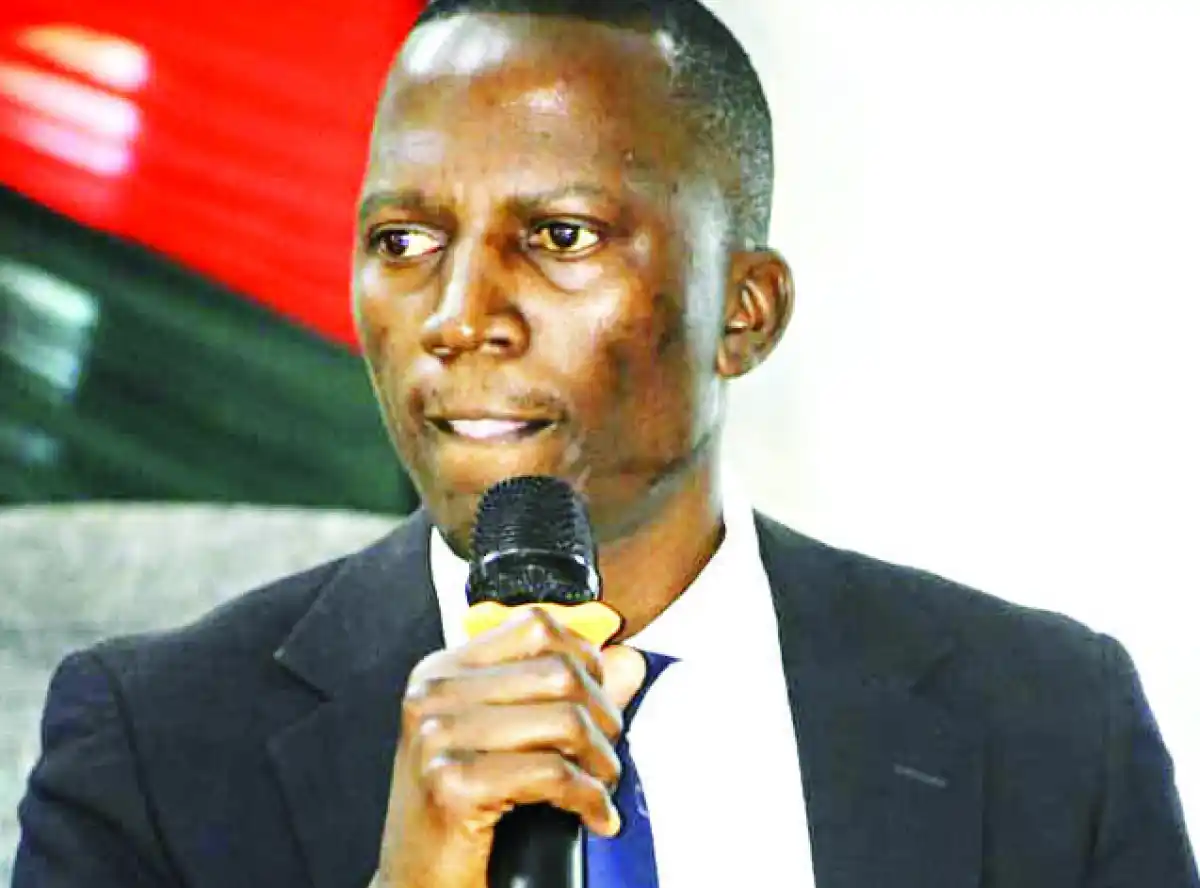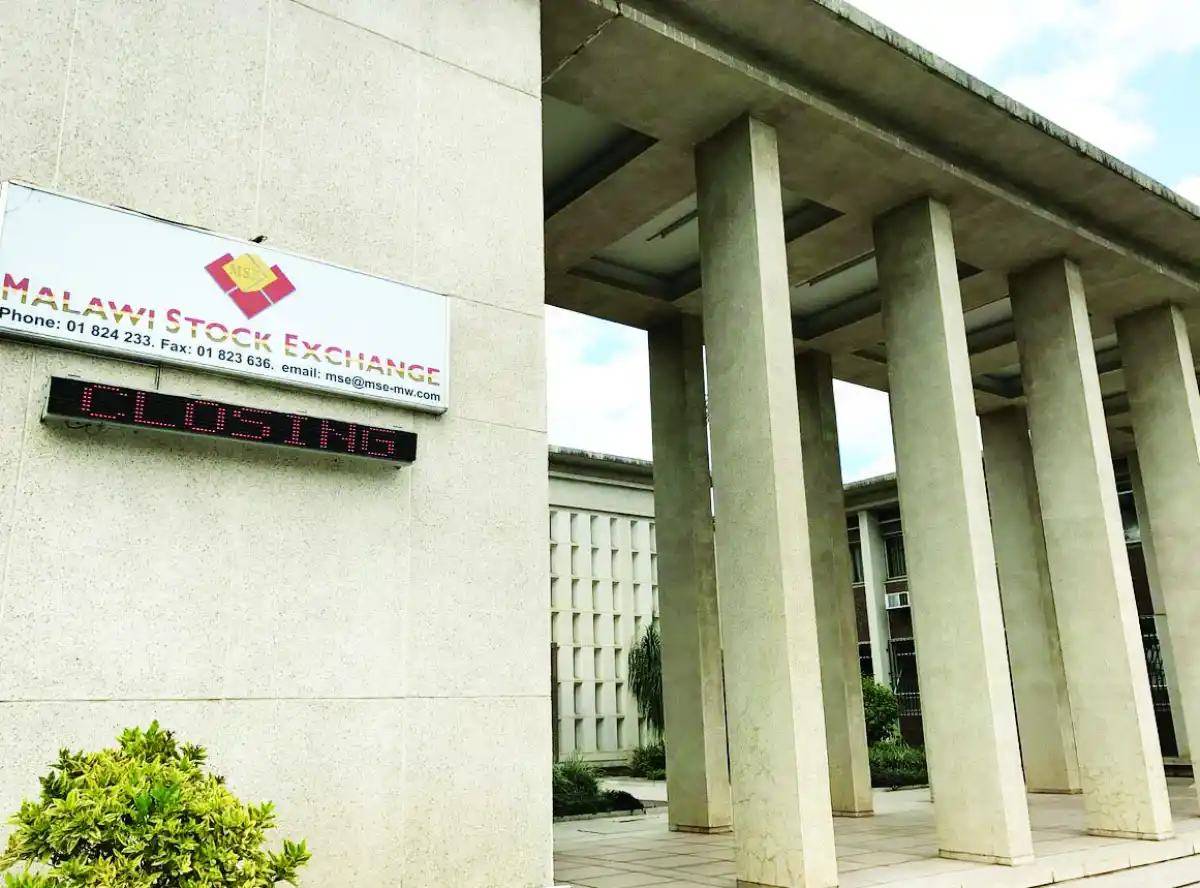

Economic think-tank, the Economist Intelligence Unit (EIU), has forecast that the dollar could hit K2,722 by end 2029 from the current K1,751.
The prediction is contained in Nico Asset Managers Monthly Economic Report for January 2025.
The prediction cements the narrative that the current black market rate of above K3000 to the dollar is highly speculative.
“The Economist Intelligence Unit (EIU) forecast that the Kwacha will continue to depreciate gradually over the forecast period, reaching K1,866:$1 by the end of 2025 and K2,722:$1 by the end of 2029, in line with IMF guidance and reflecting the paucity of the foreign-exchange reserves (which we forecast will remain low in 2025-26, at an average of 0.9 months of import cover, before rising to 1.8 months by the end of 2029).
“By 2029, the kwacha will be trading closer to its fair value, with a narrower spread between the official and parallel-market rates, reflecting the achievement of the policy goal of exchange-rate flexibility, coupled with lower inflation,” the report reads.
It says, owing to persistent shortages of hard currency and speculation, the spread between the formal exchange rate in January 2025 stood at K1,751.00:$1 (in Telegraphic Transfer sell), and the informal market exchange rate of K3,000:$1 continues to widen.
It adds that the Reserve Bank of Malawi (RBM) continues to conduct the Authorised Dealer Banks’ auctions to determine the real value of the Kwacha on the market.
“Foreign currency inflows are currently being used to cover the backlog of payments for key commodities such as fuel, fertiliser, and pharmaceuticals. The country currently relies on donor inflows and grants because of its consistently weak balance of payments status.
“Owing to consistent current account deficits and growing import demand, imbalances in the foreign currency supply and demand have caused acute shortages on the market,” the report says.
RBM Director of Public Relations Boston Maliketi Banda said the Central Bank monitors various forecasts and analyses from reputable institutions, including the EIU.
“While we acknowledge the EIU’s prediction, we emphasise that exchange rate forecasting is inherently uncertain due to factors like global economic trends, commodity prices, and domestic economic policies.
“As such, while acknowledging this forecast, we caution against speculating on the exchange rate on the basis of any forecast due to the associated inherent uncertainty,” Banda said.
The RBM spokesperson noted that the central bank is working to address the underlying issues driving this disparity, including the illegal speculative trading of forex.
“The current outturn also reflects the ongoing lean period, but we expect an improved foreign exchange position and a narrowing of this disparity following the commencement of the agricultural marketing season and continued implementation of interventions,” Banda said.
Briefing reporters in Lilongwe on Friday, RBM Governor Macdonald Mafuta Mwale said the central bank has discovered and confirmed that Malawi receives a lot of forex, enough to sustain our economic endeavors from all sources that include export proceeds, diaspora remittances, NGO receipts and donor disbursements both through project financing and budget support.
According to Mafuta Mwale, with proper a foreign exchange management system, Malawi could not have experienced the high inflation rates, low forex reserves and difficulties in financing the importation of our strategic commodities such as fuel, fertiliser and pharmaceutical commodities.
He noted that devaluation is not a solution to Malawi’s forex problems.
The RBM Chief said, rather than depreciating the currency, Malawi needs to go down to work to produce for it and export to increase forex supply.








0 Comments